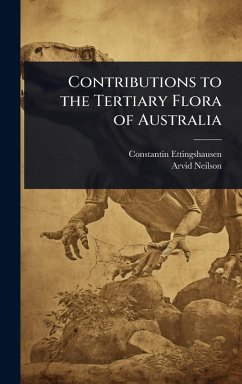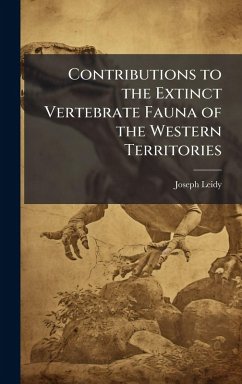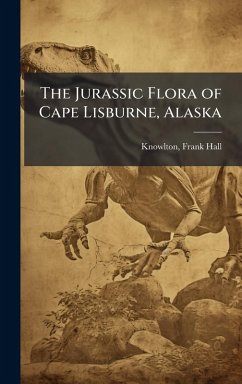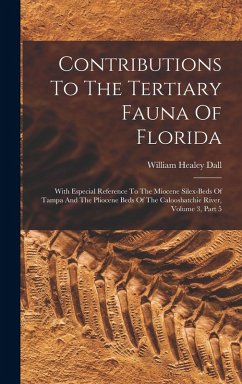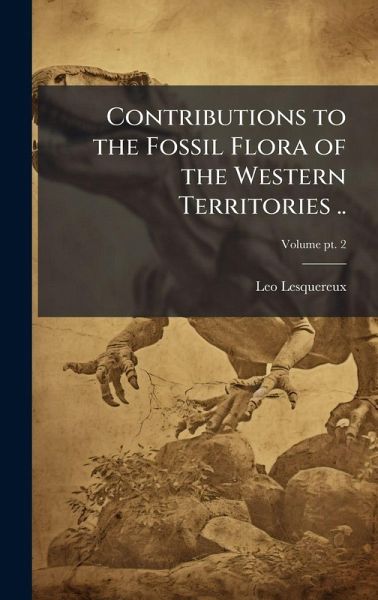
Contributions to the Fossil Flora of the Western Territories ..
Versandkostenfrei!
Versandfertig in über 4 Wochen
41,99 €
inkl. MwSt.
Weitere Ausgaben:

PAYBACK Punkte
21 °P sammeln!
"Contributions to the Fossil Flora of the Western Territories, Volume pt. 2" by Leo Lesquereux, originally published in 1874, is a significant contribution to the field of paleobotany. This volume meticulously documents and describes fossil plants discovered in the western territories of the United States during the late 19th century. Lesquereux's detailed observations and illustrations provide valuable insights into the plant life that existed in these regions millions of years ago, offering crucial data for understanding the geological and evolutionary history of North America. This historic...
"Contributions to the Fossil Flora of the Western Territories, Volume pt. 2" by Leo Lesquereux, originally published in 1874, is a significant contribution to the field of paleobotany. This volume meticulously documents and describes fossil plants discovered in the western territories of the United States during the late 19th century. Lesquereux's detailed observations and illustrations provide valuable insights into the plant life that existed in these regions millions of years ago, offering crucial data for understanding the geological and evolutionary history of North America. This historical work remains essential for researchers and students interested in paleontology, geology, and the history of science. Lesquereux's pioneering efforts laid the groundwork for future studies in the field, and this volume stands as a testament to his dedication and expertise. This work has been selected by scholars as being culturally important, and is part of the knowledge base of civilization as we know it. This work was reproduced from the original artifact, and remains as true to the original work as possible. Therefore, you will see the original copyright references, library stamps (as most of these works have been housed in our most important libraries around the world), and other notations in the work. This work is in the public domain in the United States of America, and possibly other nations. Within the United States, you may freely copy and distribute this work, as no entity (individual or corporate) has a copyright on the body of the work. As a reproduction of a historical artifact, this work may contain missing or blurred pages, poor pictures, errant marks, etc. Scholars believe, and we concur, that this work is important enough to be preserved, reproduced, and made generally available to the public. We appreciate your support of the preservation process, and thank you for being an important part of keeping this knowledge alive and relevant.



